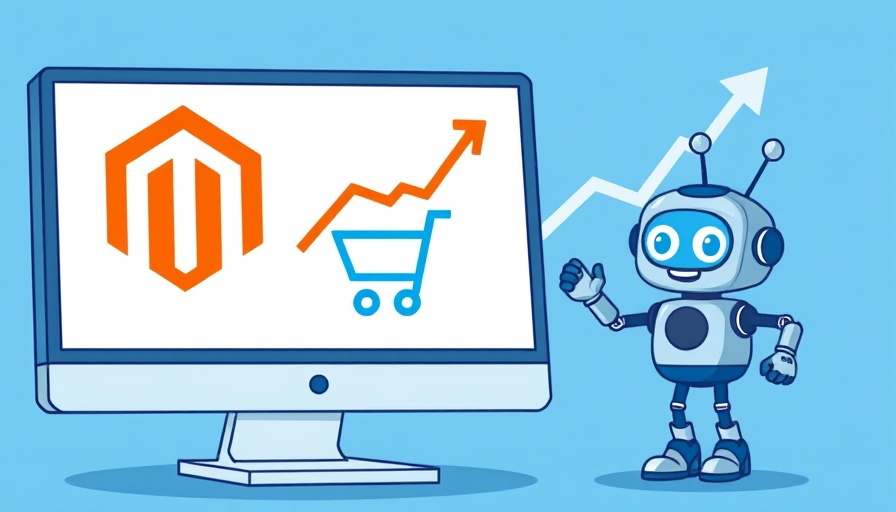
Choosing Between Shopify Advanced and Plus: A Key Decision for Growing Businesses
In the ever-evolving landscape of eCommerce, selecting the right platform can make or break a business. Shopify, one of the leading eCommerce solutions, offers various plans tailored to different business stages. Among these, Shopify Advanced and Shopify Plus stand out as robust choices for high-volume merchants. Understanding the nuances of these plans is crucial for business owners aiming to scale effectively.
What Makes Shopify Advanced Stand Out?
Shopify Advanced is designed specifically for growing businesses that require advanced features without diving into the complexity of enterprise solutions. It offers:
- Enhanced Reporting Tools: With advanced analytics capabilities, businesses can tailor reports to assess sales, customer behaviors, and product performance accurately. This data-driven approach empowers strategic decision-making.
- International Pricing Capabilities: A standout feature that allows businesses to set region-specific pricing and manage multiple currencies—ideal for companies eyeing global expansion.
- Shipping Discounts: Enjoying significant savings on shipping costs is an attractive benefit, with discounts reaching up to 88%.
The Power of Shopify Plus for Large Enterprises
On the other hand, Shopify Plus is catered towards enterprises experiencing rapid growth and requiring customized solutions. This plan includes:
- Dedicated Account Management: Businesses gain access to a Launch Manager and a Merchant Success Manager who assist in maximizing the store's potential.
- Custom Code Access: Shopify Plus grants unparalleled flexibility to modify store checkout and features, ensuring brands can create unique shopping experiences.
- Multi-Store Management: This feature is crucial for businesses operating in diverse markets, as it allows for seamless management of multiple storefronts from a single dashboard.
Key Differences to Consider
The choice between Shopify Advanced and Shopify Plus often boils down to several critical factors:
- Cost Structure: Shopify Advanced has a clear monthly fee, making budgeting straightforward. In contrast, Shopify Plus operates on a variable pricing model that can adjust based on your monthly sales volume, often starting around $2,000/month.
- Staff Accounts: Advanced limits to 15 staff accounts, while Plus allows for unlimited accounts, accommodating larger teams needing access.
- Transaction Fees: While both plans offer reduced fees, Shopify Plus merchants can negotiate even better rates based on their sales.
What Does Each Plan Offer for Marketing Efforts?
In the context of digital marketing strategies, both Shopify plans provide strong foundations, but the capabilities differ:
- SEO Features: Both plans offer essential SEO tools that optimize visibility, however, Plus provides more advanced functionalities that integrate better with complex marketing tools.
- Marketing Automation: Shopify Plus includes powerful automation tools to streamline marketing campaigns, which is particularly beneficial for high-volume sales.
Conclusion: Making the Right Choice
Ultimately, your choice between Shopify Advanced and Plus should align with your business's current needs, growth potential, and budget. Advanced is perfect for businesses that are scaling steadily with predictable growth, while Plus is tailored for those needing sophisticated solutions to support significant expansion.
As the digital landscape continues to evolve, adapting your eCommerce strategy is key. Explore how Oyova can help you navigate these options and maximize your Shopify investment for future growth.
 Add Row
Add Row  Add
Add 




Write A Comment